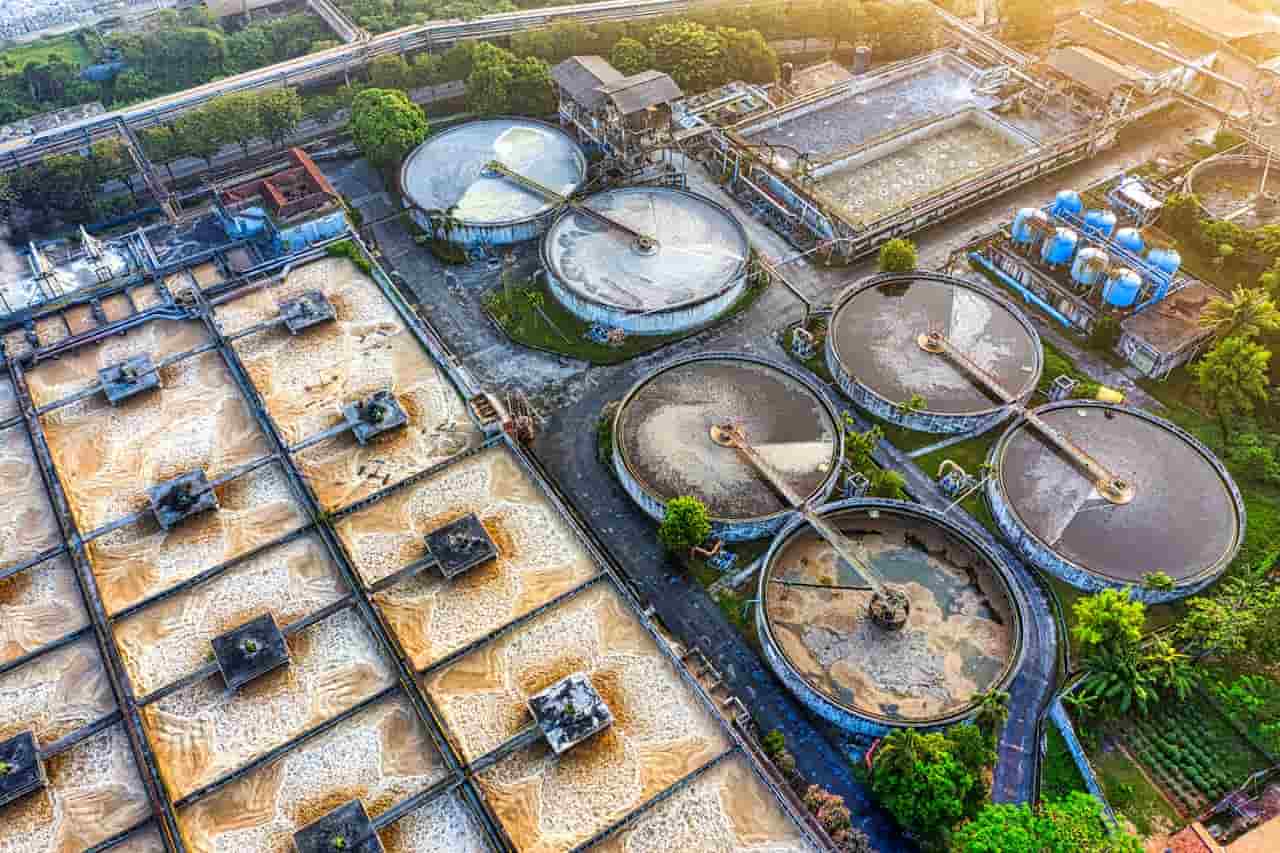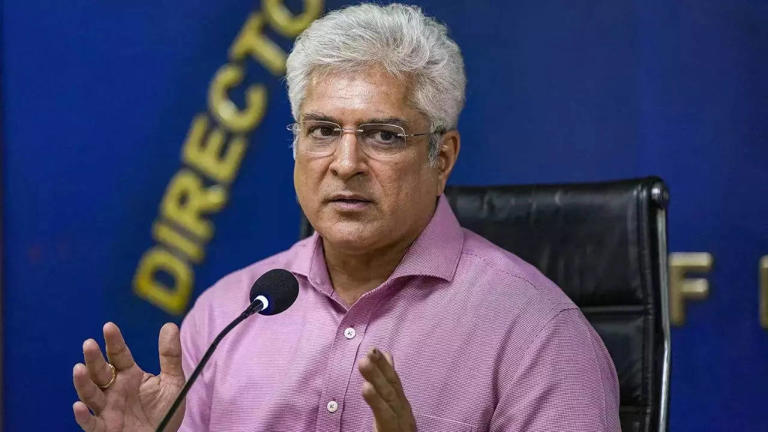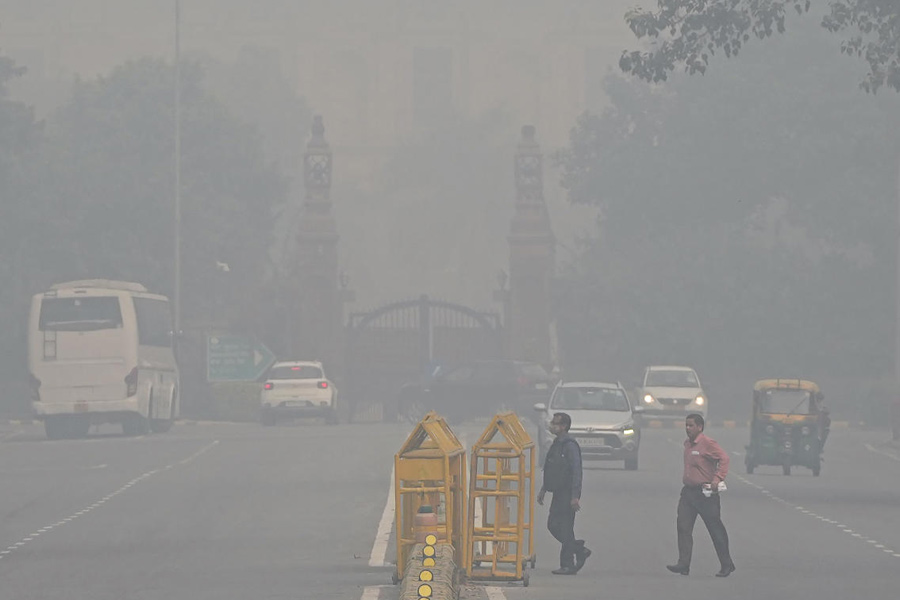Home / jammu-kashmir / Environmental Challenges Arising from Climate Change and Their Solutions
Environmental Challenges Arising from Climate Change and Their Solutions
By: My India Times
5 minutes read 38Updated At: 2025-02-15

Climate change stands as one of the most pressing global challenges impacting the environment, economy, and public health. Observable phenomena such as rising temperatures, an increase in natural disasters, and disruptions in ecosystems serve as stark indicators of this crisis. Human activities, including deforestation, industrial pollution, and over-reliance on fossil fuels, have significantly exacerbated the situation. Without prompt intervention, the repercussions will be catastrophic for future generations. Combatting climate change necessitates a unified response from individuals, governments, and industries to ensure the sustainability and habitability of our planet.
Major Causes of Climate Change
The predominant factor driving climate change is the excessive emission of greenhouse gases, such as carbon dioxide, methane, and nitrous oxide. These gases trap heat within the Earth's atmosphere, resulting in a rise in global temperatures. The combustion of fossil fuels—including coal, oil, and natural gas—significantly contributes to these greenhouse gas emissions. Industrial processes, transportation, and energy generation exacerbate carbon emissions, intensifying climate change. Moreover, deforestation plays a crucial role in precipitating climate change. Trees serve to absorb carbon dioxide from the atmosphere, which is vital for maintaining ecological balance. However, the rapid pace of deforestation driven by urban expansion, agricultural development, and infrastructure projects has led to a notable decline in tree populations, thus elevating CO₂ levels. Furthermore, the degradation of forests leads to habitat loss, adversely affecting biodiversity and heightening the risk of natural disasters.
Challenges Caused by Climate Change
Global warming is leading to considerable disturbances in weather patterns, resulting in extreme temperatures, extended droughts, and intense flooding. The frequency and severity of these extreme weather events are increasing, resulting in widespread damage to communities, infrastructure, and agriculture. The rise in sea levels presents a significant threat to coastal regions, as the melting glaciers and polar ice caps due to escalating temperatures contribute to this rise, endangering millions of individuals with potential displacement. Numerous coastal cities are experiencing recurrent flooding, which presents both economic and environmental challenges. Additionally, climate change severely affects agriculture and food security, with unpredictable weather patterns, heatwaves, and water scarcity contributing to decreased crop yields, thereby leading to food shortages and rising prices. Farmers in many regions are struggling to adapt to changing weather conditions, affecting global food production.
Threat to Biodiversity and Ecosystems
The rapid changes in climate are affecting ecosystems and wildlife. Many species are struggling to adapt to rising temperatures, leading to habitat loss and extinction. Coral reefs, which are essential for marine life, are being destroyed due to ocean acidification and rising sea temperatures. Deforestation and pollution have further contributed to the destruction of natural habitats. The loss of biodiversity disrupts ecosystems and affects the balance of nature, making it difficult for plants and animals to survive.
Health Risks and Spread of Diseases
Climate change is also affecting human health, as rising temperatures and air pollution contribute to respiratory diseases and heat-related illnesses. The increase in temperature has created favorable conditions for the spread of vector-borne diseases such as malaria and dengue. Poor air quality due to industrial pollution and vehicle emissions has led to an increase in asthma and other lung-related disorders. Additionally, food and waterborne diseases are becoming more common as climate change affects the quality of food and drinking water.
Solutions and Preventive Measures
To combat climate change, we must shift to renewable energy sources such as solar and wind power, reducing our dependence on fossil fuels. Protecting forests and planting more trees will help maintain environmental balance and absorb excess carbon dioxide. Energy efficiency should be improved by reducing electricity consumption and using energy-saving appliances. Sustainable farming techniques, such as organic farming, water conservation, and crop rotation, can help reduce the impact of climate change on agriculture. Additionally, promoting public transportation, using electric vehicles, and reducing plastic waste can be effective solutions.
Reforestation and Forest Conservation
Restoring forests and preventing deforestation can significantly help in reducing the effects of climate change. Trees play a crucial role in absorbing carbon dioxide from the atmosphere and maintaining a balanced ecosystem. Governments and organizations should invest in afforestation programs and encourage individuals to plant trees. Strict laws should be enforced to prevent illegal logging and deforestation. Sustainable forest management practices should be adopted to ensure the long-term health of forests.
Energy Efficiency and Green Technology
Improving energy efficiency is another effective way to reduce carbon emissions. The use of energy-efficient appliances, LED lights, and smart home technologies can help reduce energy consumption. Industries should adopt cleaner production methods and invest in green technologies to minimize their environmental impact. The development of carbon capture and storage technologies can also play a significant role in reducing greenhouse gas emissions.
Sustainable Transportation and Reduced Carbon Footprint
Reducing the carbon footprint from transportation is essential in the fight against climate change. Encouraging the use of public transport, cycling, and walking can help decrease air pollution and carbon emissions. The transition to electric vehicles and hybrid cars can significantly reduce dependency on fossil fuels. Governments should invest in better public transportation infrastructure and promote carpooling and shared mobility services.
Government Policies and Public Awareness
Governments must implement strict environmental policies to control carbon emissions and promote sustainable development. Industries should be required to follow eco-friendly practices and reduce waste production. Carbon taxes and incentives for green initiatives can encourage businesses to adopt environmentally friendly solutions. Public awareness campaigns are essential to educate people about climate change and the steps they can take to reduce their carbon footprint. Schools, communities, and organizations should work together to spread awareness and encourage responsible environmental behavior.
Role of Individuals in Combating Climate Change
Every individual has a role to play in fighting climate change. Simple actions such as reducing energy consumption, using less plastic, and recycling can make a significant difference. Choosing sustainable products, reducing water wastage, and supporting eco-friendly brands can contribute to environmental conservation. People should also participate in tree-planting drives, volunteer for environmental organizations, and spread awareness about climate change in their communities. By making small but meaningful changes in daily life, individuals can contribute to a larger impact in preserving the planet.
....Climate change stands as one of the most pressing global challenges impacting the environment, economy, and public health. Observable phenomena such as rising temperatures, an increase in natural disasters, and disruptions in ecosystems serve as stark indicators of this crisis. Human activities, including deforestation, industrial pollution, and over-reliance on fossil fuels, have significantly exacerbated the situation. Without prompt intervention, the repercussions will be catastrophic for future generations. Combatting climate change necessitates a unified response from individuals, governments, and industries to ensure the sustainability and habitability of our planet.
Major Causes of Climate Change
The predominant factor driving climate change is the excessive emission of greenhouse gases, such as carbon dioxide, methane, and nitrous oxide. These gases trap heat within the Earth's atmosphere, resulting in a rise in global temperatures. The combustion of fossil fuels—including coal, oil, and natural gas—significantly contributes to these greenhouse gas emissions. Industrial processes, transportation, and energy generation exacerbate carbon emissions, intensifying climate change. Moreover, deforestation plays a crucial role in precipitating climate change. Trees serve to absorb carbon dioxide from the atmosphere, which is vital for maintaining ecological balance. However, the rapid pace of deforestation driven by urban expansion, agricultural development, and infrastructure projects has led to a notable decline in tree populations, thus elevating CO₂ levels. Furthermore, the degradation of forests leads to habitat loss, adversely affecting biodiversity and heightening the risk of natural disasters.
Challenges Caused by Climate Change
Global warming is leading to considerable disturbances in weather patterns, resulting in extreme temperatures, extended droughts, and intense flooding. The frequency and severity of these extreme weather events are increasing, resulting in widespread damage to communities, infrastructure, and agriculture. The rise in sea levels presents a significant threat to coastal regions, as the melting glaciers and polar ice caps due to escalating temperatures contribute to this rise, endangering millions of individuals with potential displacement. Numerous coastal cities are experiencing recurrent flooding, which presents both economic and environmental challenges. Additionally, climate change severely affects agriculture and food security, with unpredictable weather patterns, heatwaves, and water scarcity contributing to decreased crop yields, thereby leading to food shortages and rising prices. Farmers in many regions are struggling to adapt to changing weather conditions, affecting global food production.
Threat to Biodiversity and Ecosystems
The rapid changes in climate are affecting ecosystems and wildlife. Many species are struggling to adapt to rising temperatures, leading to habitat loss and extinction. Coral reefs, which are essential for marine life, are being destroyed due to ocean acidification and rising sea temperatures. Deforestation and pollution have further contributed to the destruction of natural habitats. The loss of biodiversity disrupts ecosystems and affects the balance of nature, making it difficult for plants and animals to survive.
Health Risks and Spread of Diseases
Climate change is also affecting human health, as rising temperatures and air pollution contribute to respiratory diseases and heat-related illnesses. The increase in temperature has created favorable conditions for the spread of vector-borne diseases such as malaria and dengue. Poor air quality due to industrial pollution and vehicle emissions has led to an increase in asthma and other lung-related disorders. Additionally, food and waterborne diseases are becoming more common as climate change affects the quality of food and drinking water.
Solutions and Preventive Measures
To combat climate change, we must shift to renewable energy sources such as solar and wind power, reducing our dependence on fossil fuels. Protecting forests and planting more trees will help maintain environmental balance and absorb excess carbon dioxide. Energy efficiency should be improved by reducing electricity consumption and using energy-saving appliances. Sustainable farming techniques, such as organic farming, water conservation, and crop rotation, can help reduce the impact of climate change on agriculture. Additionally, promoting public transportation, using electric vehicles, and reducing plastic waste can be effective solutions.
Reforestation and Forest Conservation
Restoring forests and preventing deforestation can significantly help in reducing the effects of climate change. Trees play a crucial role in absorbing carbon dioxide from the atmosphere and maintaining a balanced ecosystem. Governments and organizations should invest in afforestation programs and encourage individuals to plant trees. Strict laws should be enforced to prevent illegal logging and deforestation. Sustainable forest management practices should be adopted to ensure the long-term health of forests.
Energy Efficiency and Green Technology
Improving energy efficiency is another effective way to reduce carbon emissions. The use of energy-efficient appliances, LED lights, and smart home technologies can help reduce energy consumption. Industries should adopt cleaner production methods and invest in green technologies to minimize their environmental impact. The development of carbon capture and storage technologies can also play a significant role in reducing greenhouse gas emissions.
Sustainable Transportation and Reduced Carbon Footprint
Reducing the carbon footprint from transportation is essential in the fight against climate change. Encouraging the use of public transport, cycling, and walking can help decrease air pollution and carbon emissions. The transition to electric vehicles and hybrid cars can significantly reduce dependency on fossil fuels. Governments should invest in better public transportation infrastructure and promote carpooling and shared mobility services.
Government Policies and Public Awareness
Governments must implement strict environmental policies to control carbon emissions and promote sustainable development. Industries should be required to follow eco-friendly practices and reduce waste production. Carbon taxes and incentives for green initiatives can encourage businesses to adopt environmentally friendly solutions. Public awareness campaigns are essential to educate people about climate change and the steps they can take to reduce their carbon footprint. Schools, communities, and organizations should work together to spread awareness and encourage responsible environmental behavior.
Role of Individuals in Combating Climate Change
Every individual has a role to play in fighting climate change. Simple actions such as reducing energy consumption, using less plastic, and recycling can make a significant difference. Choosing sustainable products, reducing water wastage, and supporting eco-friendly brands can contribute to environmental conservation. People should also participate in tree-planting drives, volunteer for environmental organizations, and spread awareness about climate change in their communities. By making small but meaningful changes in daily life, individuals can contribute to a larger impact in preserving the planet.
By: My India Times
Updated At: 2025-02-15
Tags: jammu-kashmir News | My India Times News | Trending News | Travel News
Join our WhatsApp Channel











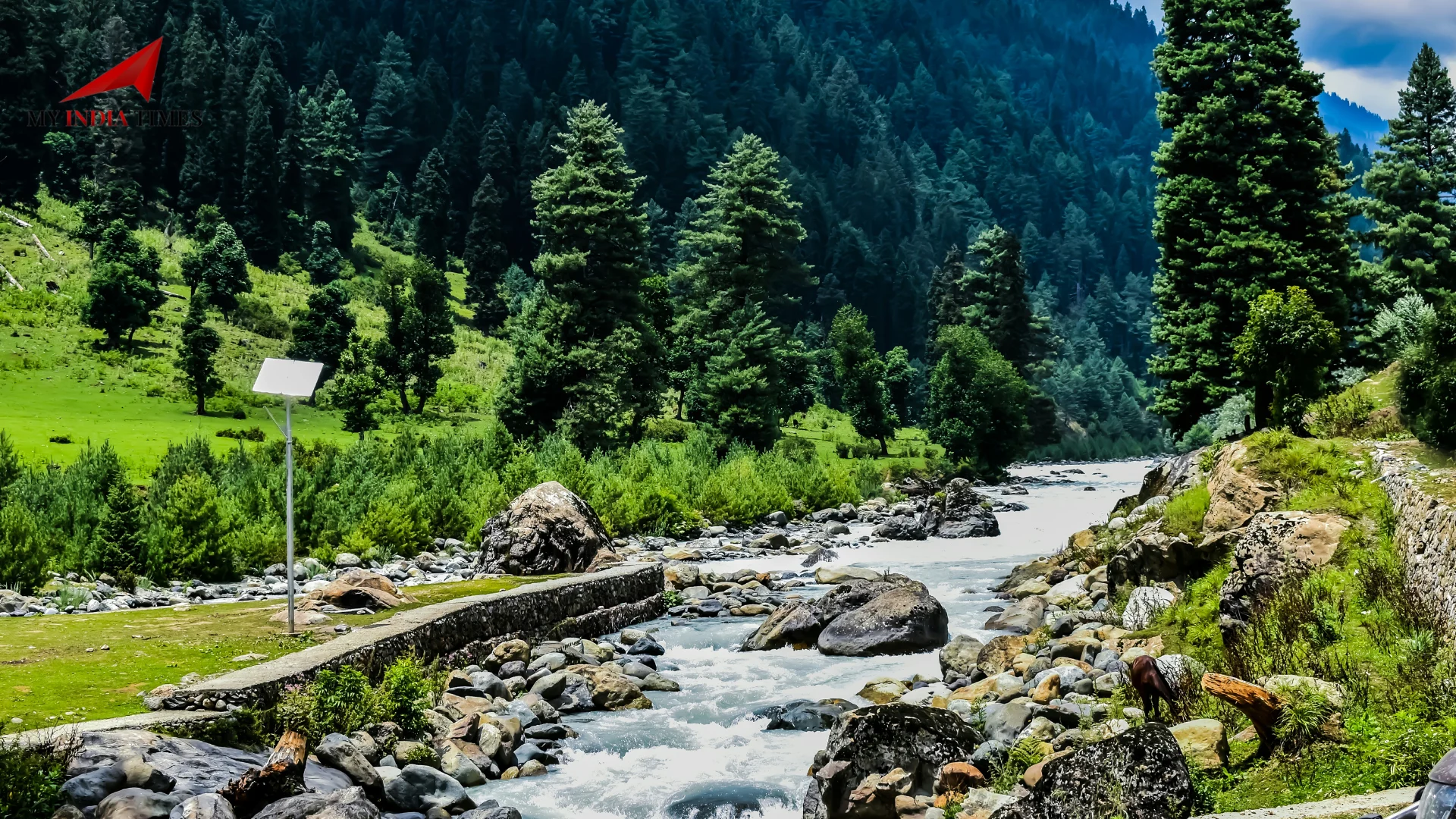



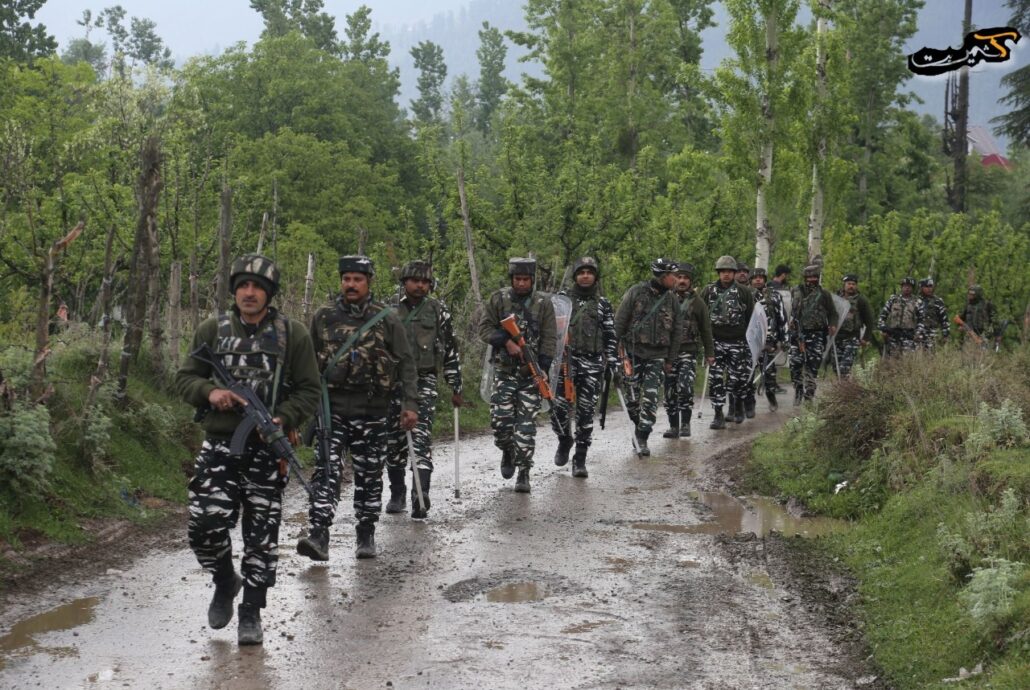
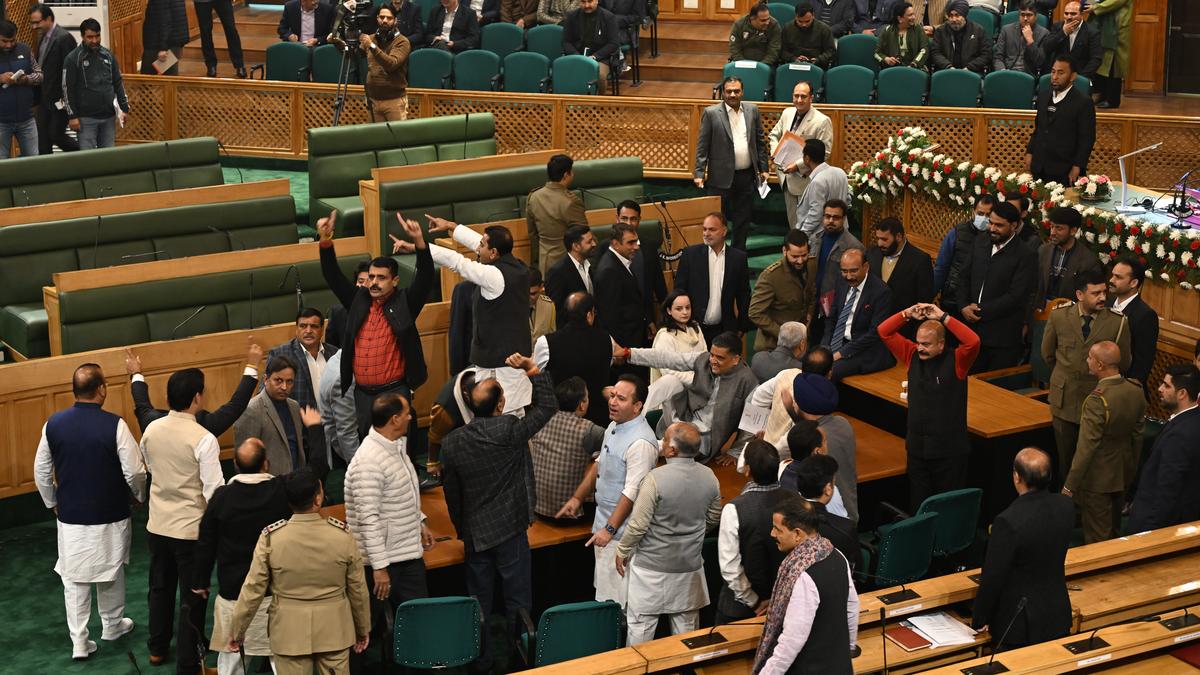




























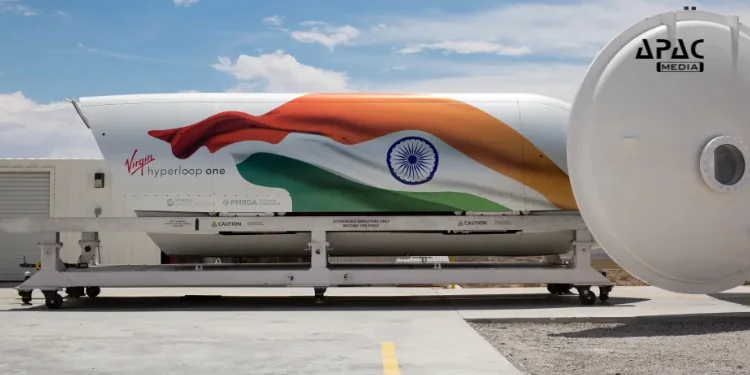



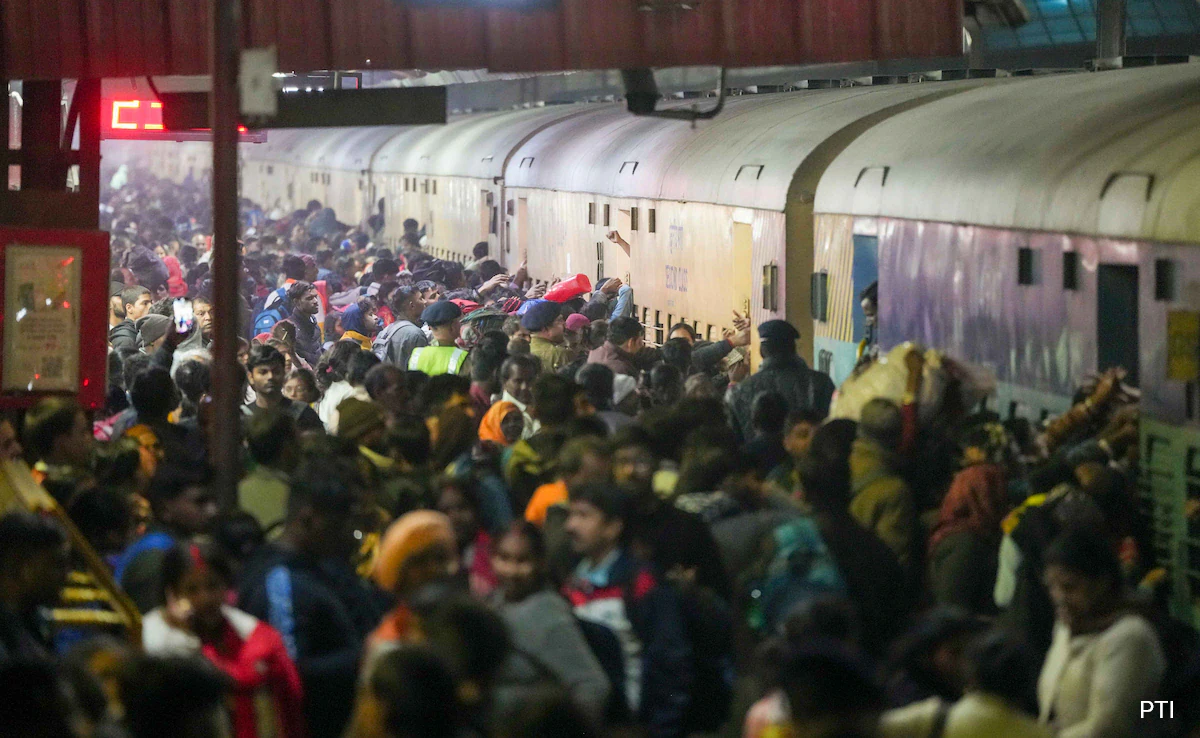





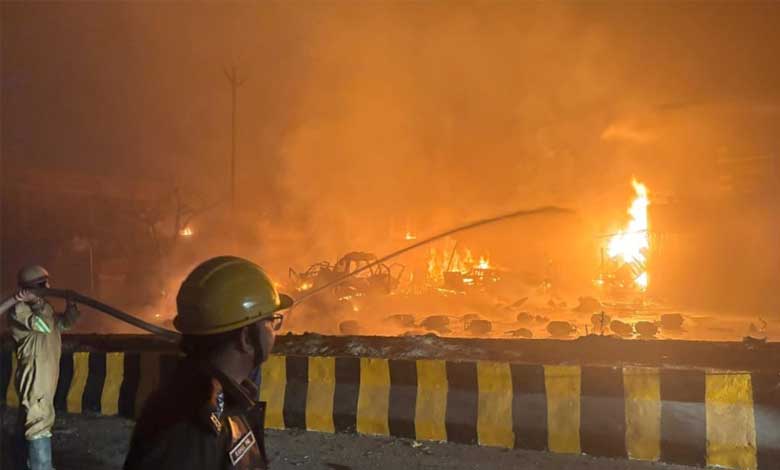




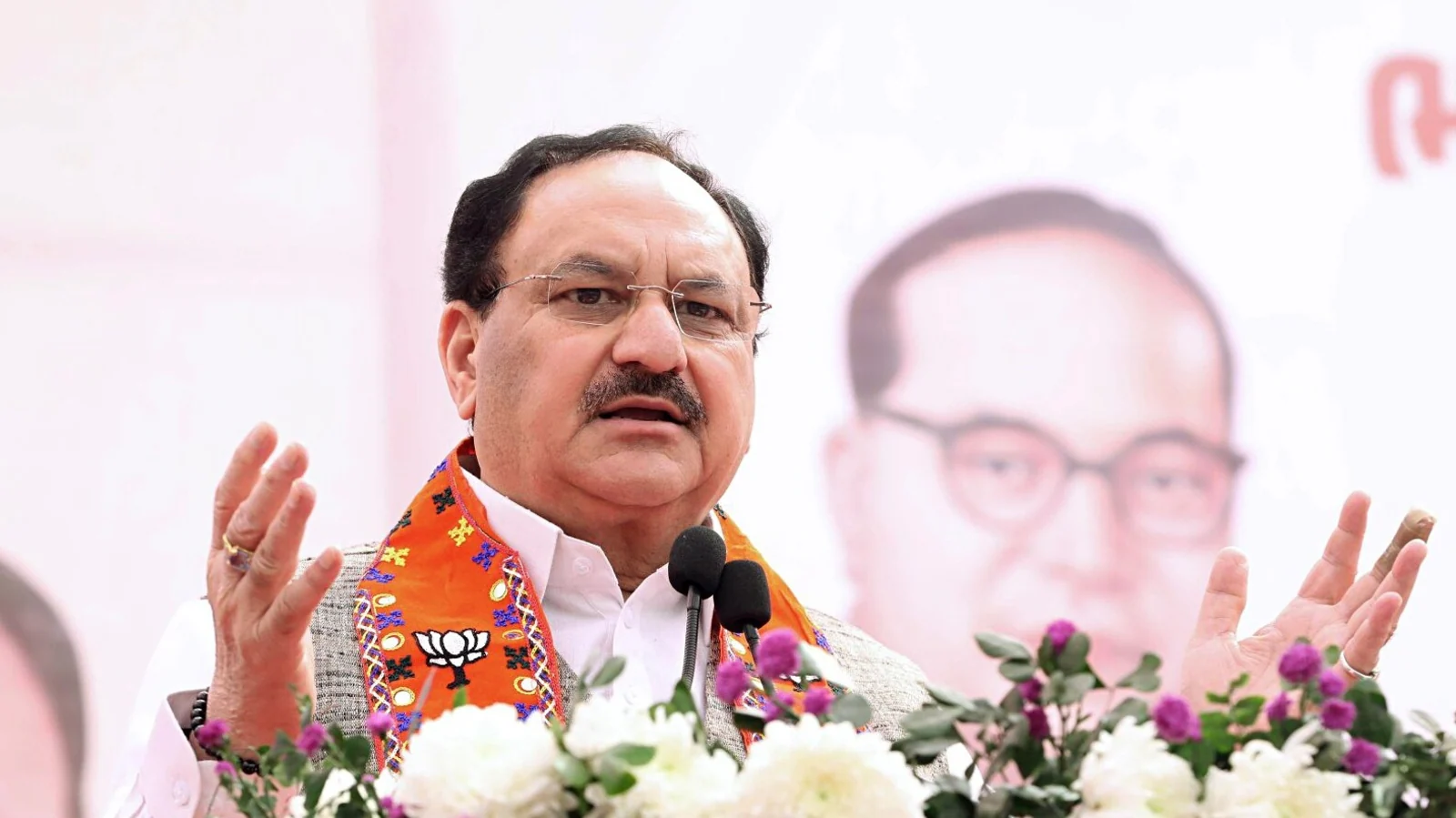







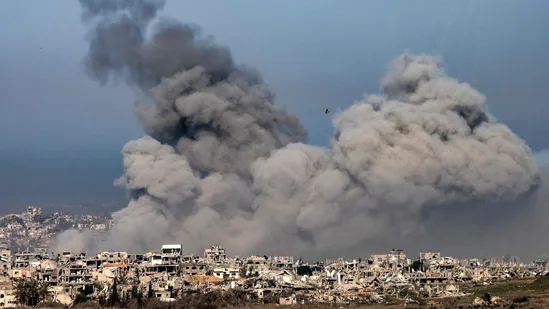
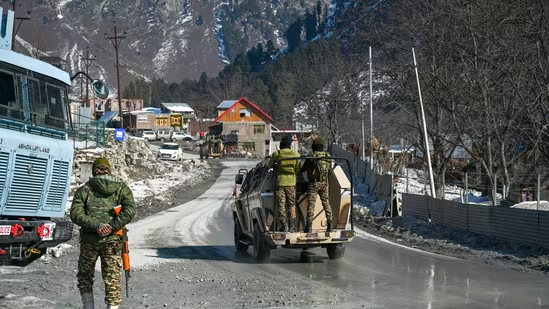



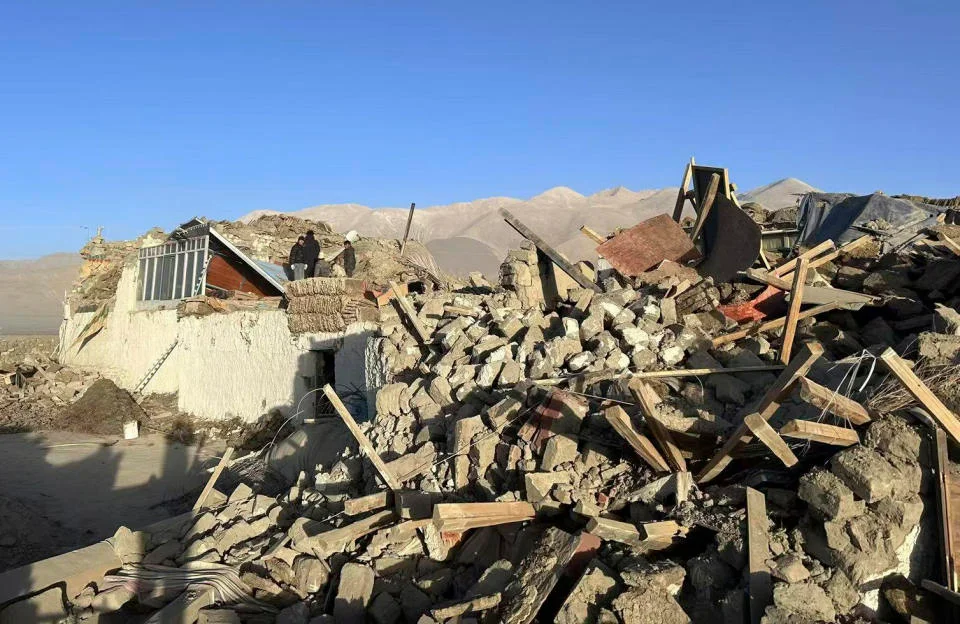




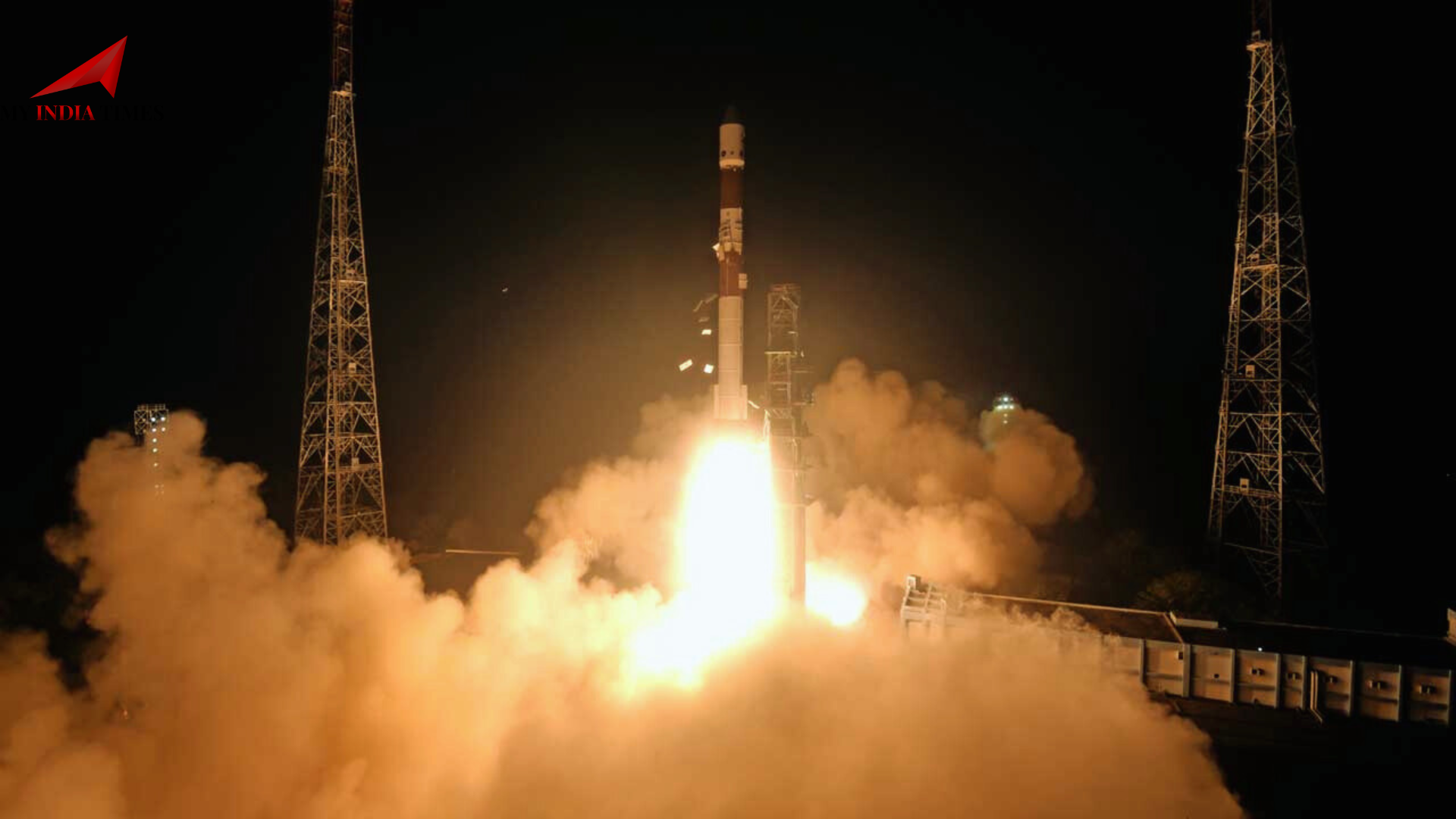



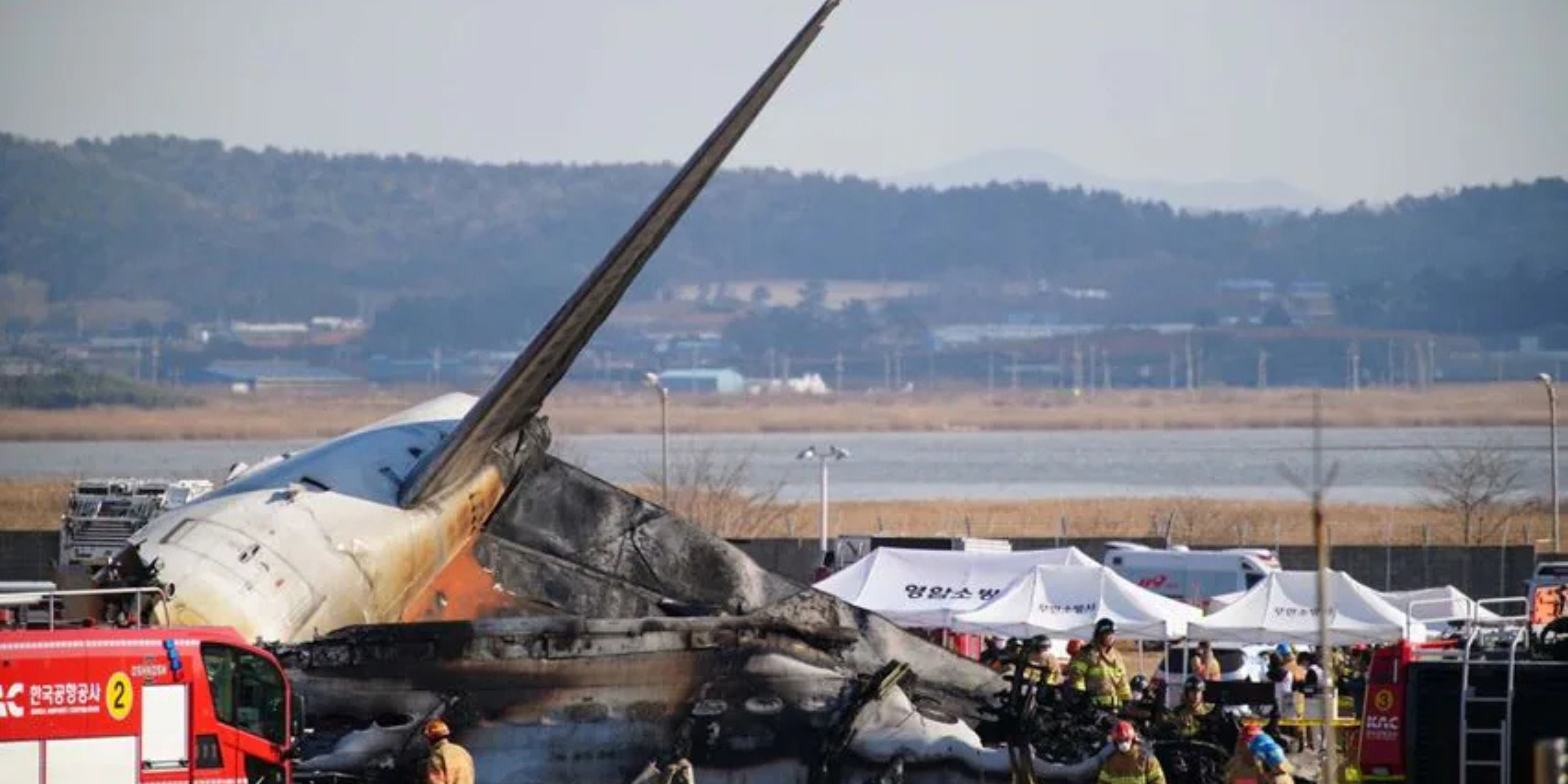











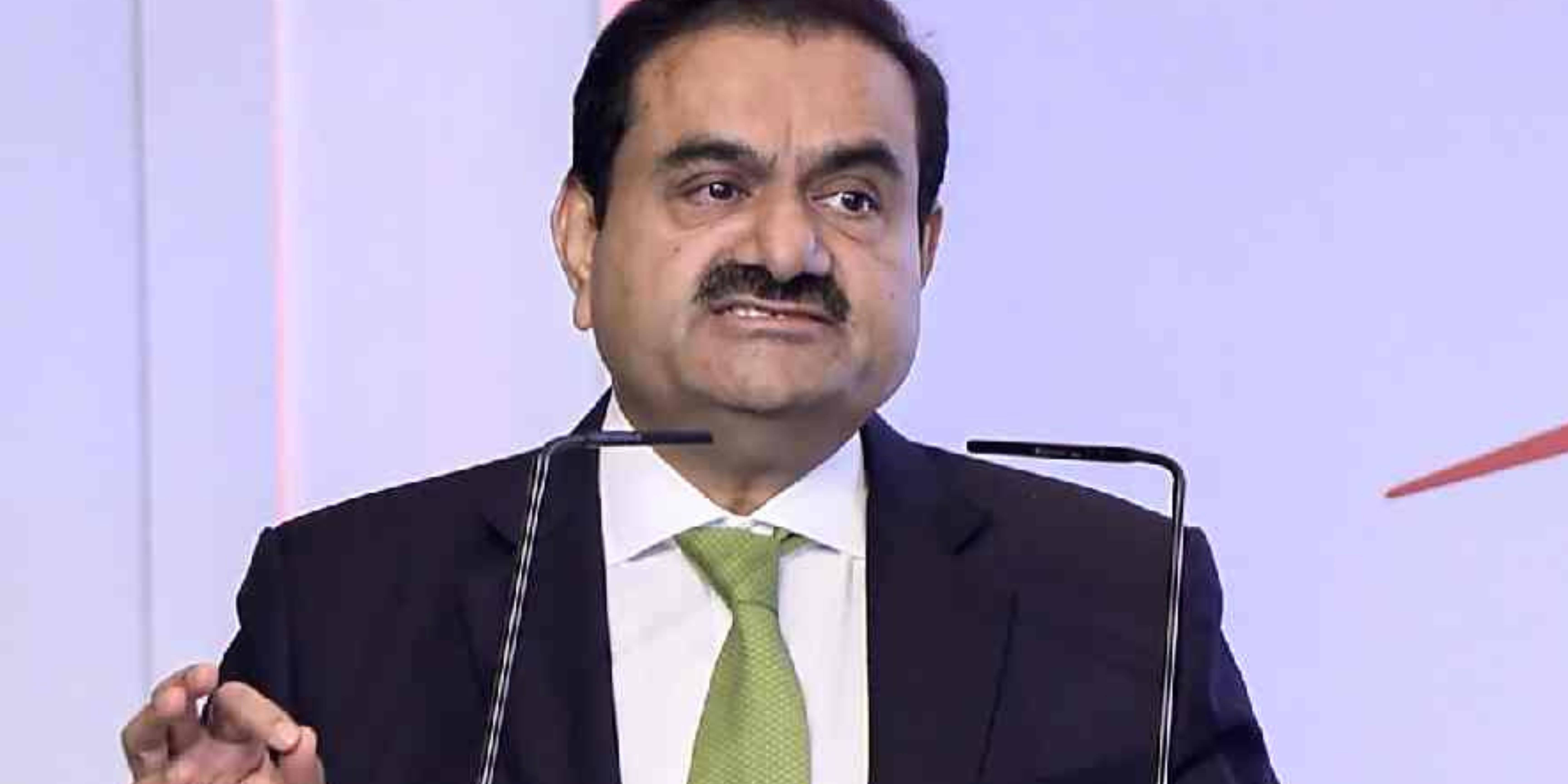
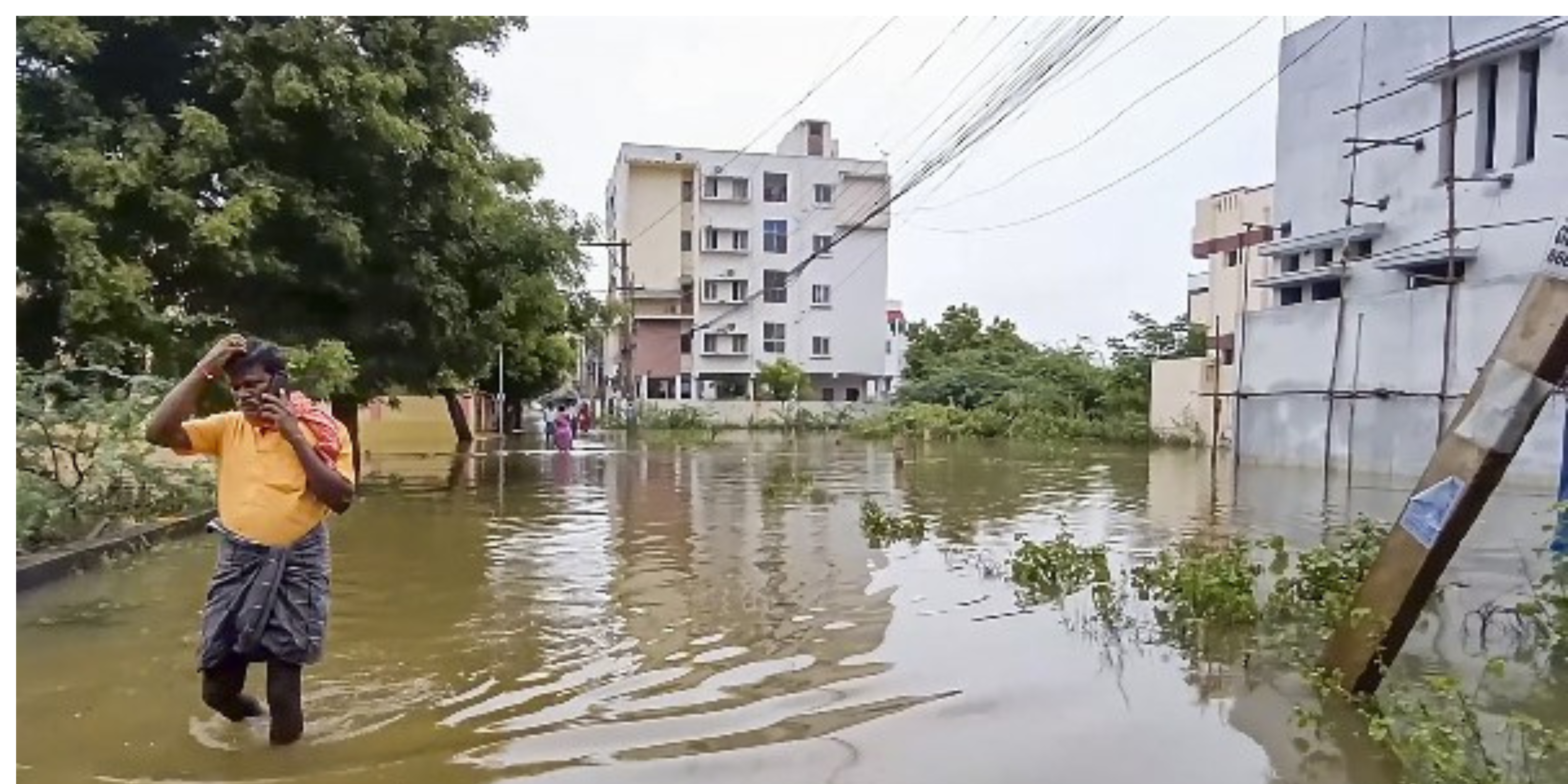


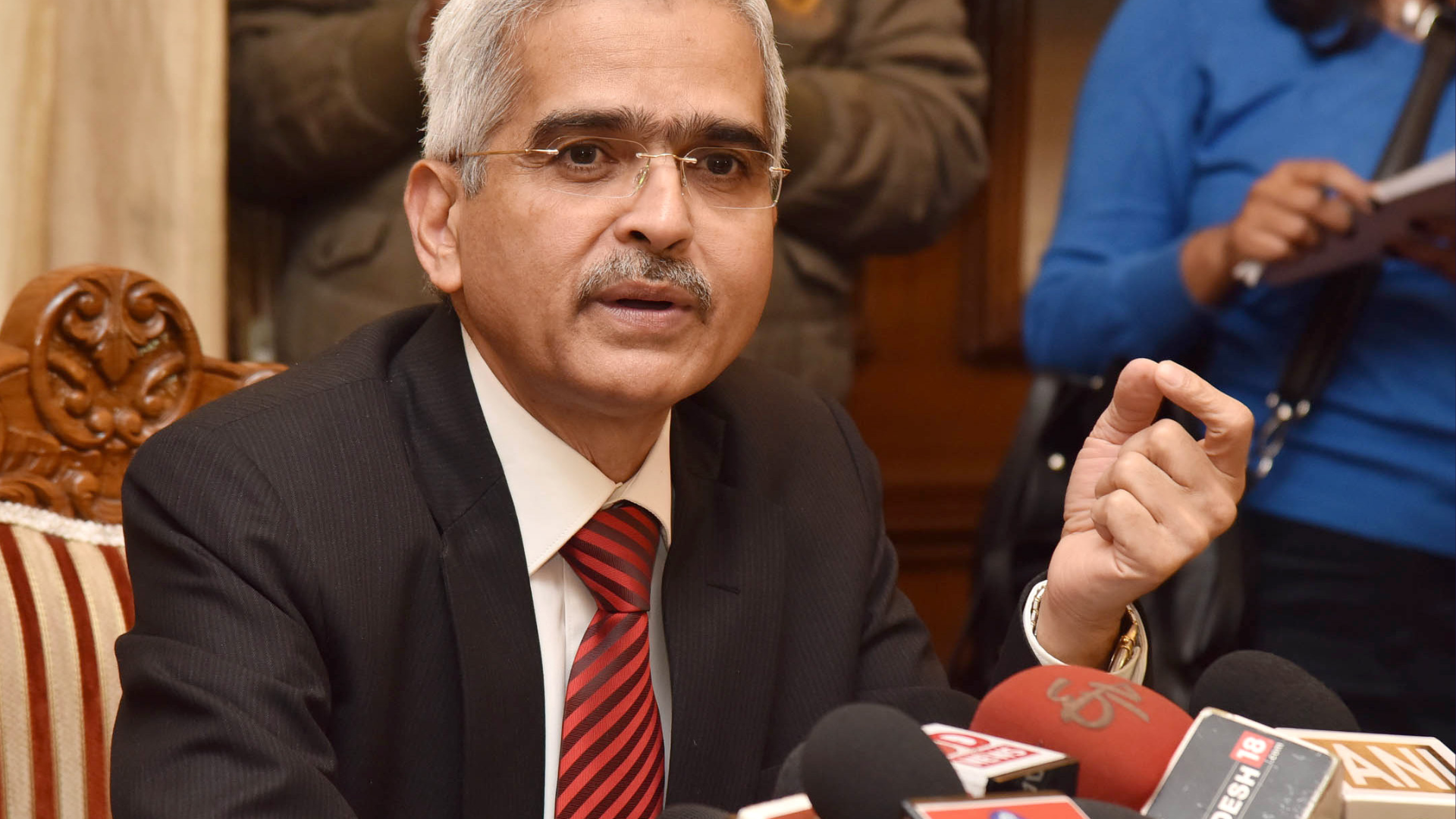







.png)
 (1).png)
